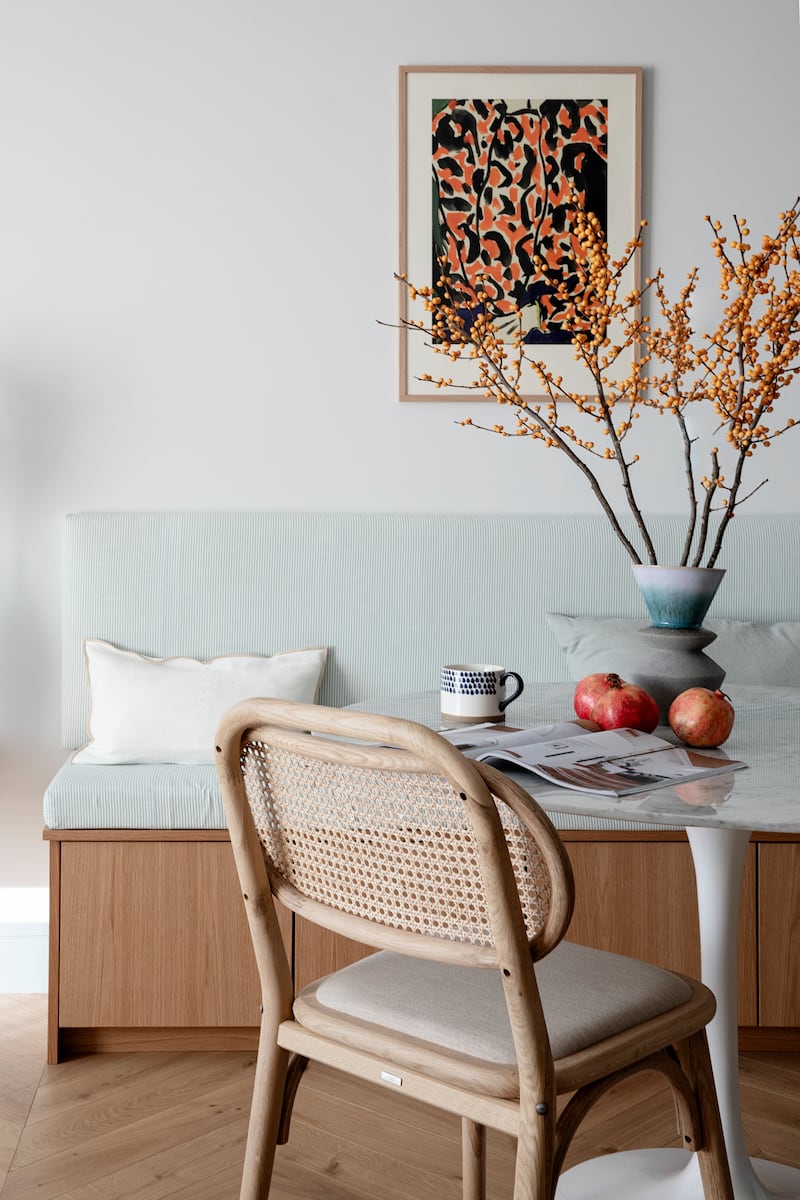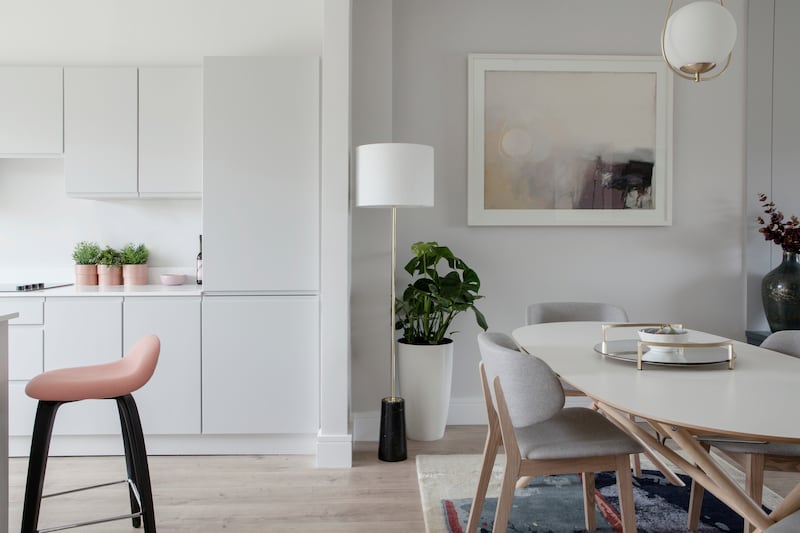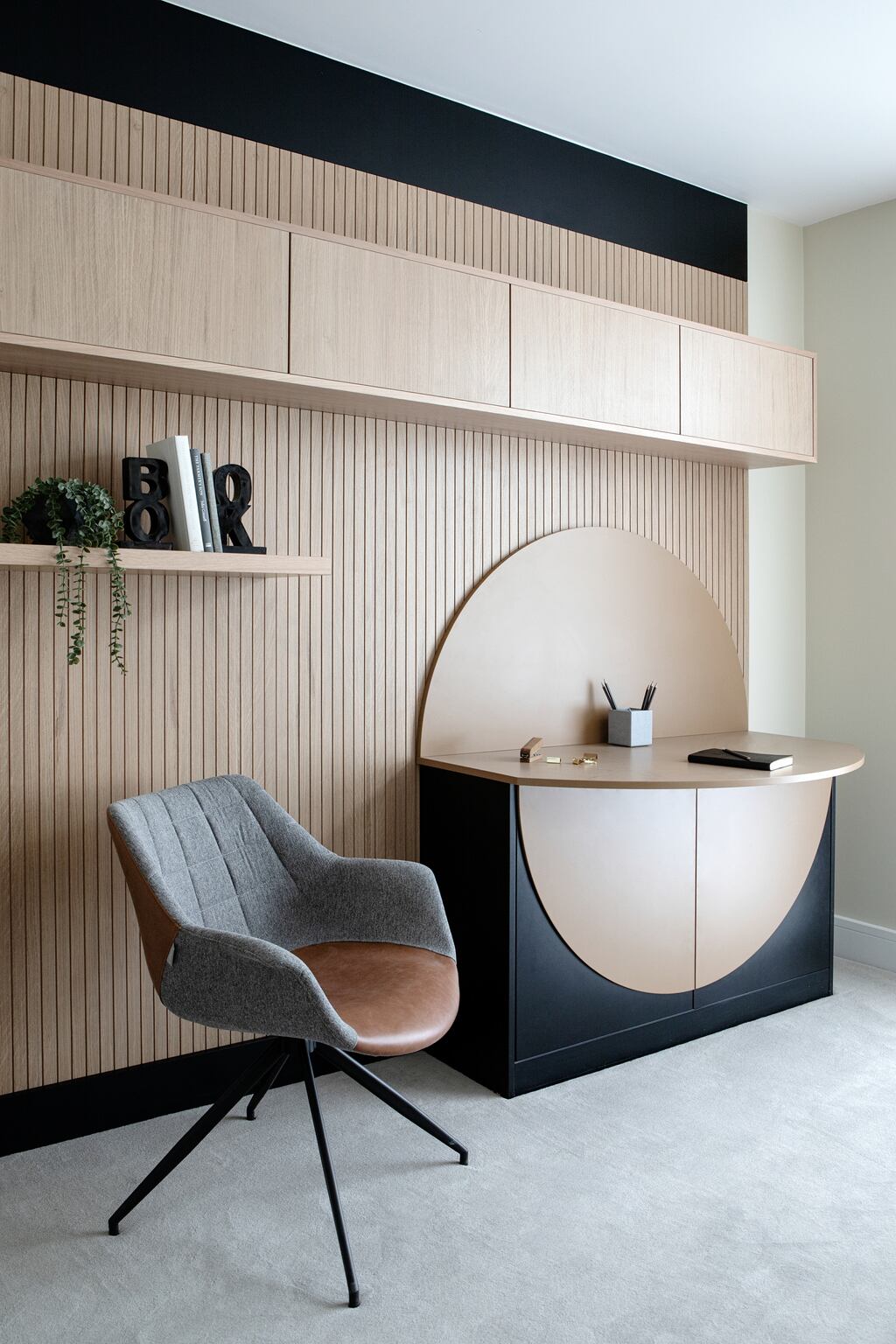For many years, when it came to extending, bigger was considered better. But with rising energy costs and the increase in building material prices, homeowners are now considering their prospects for the future and opting for more functional homes instead. Here are some reasons behind this shift in thinking and how it is changing how we approach home design.

The trend towards functional, futureproofed homes reflects a changing mindset. As people re-evaluate their priorities, they are increasingly looking towards smaller, more efficient homes that can provide a comfortable lifestyle while also helping them save money in the long term.
Functional homes provide greater flexibility for the future. They are designed to simplify and make life more efficient without sacrificing comfort, space and style. These homes are often modest in size and built with flexibility in mind. This approach to home design goes beyond the physical structure and focuses more on the lifestyle it facilitates.
For example, many functional homes may have smaller bedrooms with larger, open-plan living areas that allow for greater flexibility in how the space is used.
I absolutely dread going to my husband’s parents’ home for Christmas
Patrick Freyne’s quest for the best Christmas sandwich in Dublin: ‘I give it five Santas out of five’
‘Nobody had heard of Ireland, it was amazing. I had to explain it was beside England’
‘Startling’: First look behind the RCSI’s new ‘front door’ on St Stephen’s Green
One of the primary reasons for this shift is rising material and building costs. In recent years the cost of building materials has increased significantly, making it much more expensive to build. Many people cannot afford the cost of a large construction project. Instead, they opt for smaller extensions and renovations to make their homes more functional and easier to maintain and manage.
In addition to the rising cost of building materials, energy costs are also rising. Homeowners are looking for ways to reduce their monthly expenses. Futureproofed homes provide a way to do just that. Installing solar panels, double-glazed windows or energy-efficient appliances can significantly reduce the cost of energy bills and make a home more affordable to run in the long term.
Futureproofing a home isn’t just about reducing energy costs and minimising environmental impact. It’s also about creating a comfortable and adaptable space for homeowners at every stage of their lives.
Many homeowners are seeing their ageing parents struggle to maintain large homes that are no longer practical for their needs. Cleaning and upkeep become more challenging, and stairs can become an obstacle. They don’t want to find themselves in the same situation in the future. So they want to create flexible homes to adapt to changing needs as they age.

But futureproofing a home isn’t just about preparing for old age. Homeowners want to live comfortably in their homes as their families grow and change. This means designing a home with flexible spaces that can be easily repurposed as their needs change, such as a playroom that can be converted into a study or a spare bedroom. Or a home office that could be converted into a nursery. A home with a flexible design can adapt to the changing needs of the occupants without requiring significant renovations or extensions.
Love or hate them, open-plan spaces are a great way to achieve flexibility as they allow for a more fluid and adaptable living environment. They can easily be divided or reconfigured to suit different needs and purposes, making them ideal for families who need to accommodate changing lifestyles and living arrangements.
Multifunctional spaces are also becoming more common. For example, a home gym can double as a guest room, a diningroom can be used as a workspace, or a playroom can also be used as a study. Multifunctional spaces allow homeowners to get more use out of their homes without adding more space, making them a cost-effective solution to adapting a home.
The move towards functional homes has led to a greater emphasis on creating more efficient homes designed to simplify life and offer flexibility for the future. Instead of adding large extensions, homeowners are looking at making clever enhancements like reconfiguring layouts to put underutilised space to good use or installing smart technologies to make their homes more efficient and simplify everyday chores.
Kitchen upgrades, for example, are much more focused on efficient use of space and the quality of materials and appliances. Homeowners are looking to invest in durable products that will last and choosing appliances with good energy ratings and smart functionality to make cooking and food prep easier.
Retrofitting projects like insulating walls and attic spaces, installing double or triple-glazed windows, and other energy-saving measures to help reduce energy costs are all being prioritised over building. With rising energy costs and the increase in building material prices, opting for these types of home improvements makes more sense than ever.













